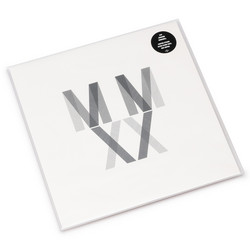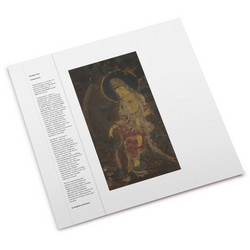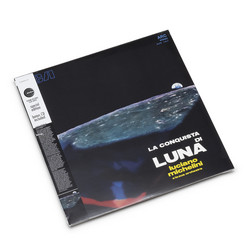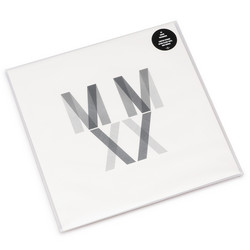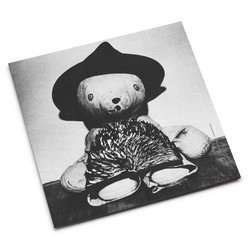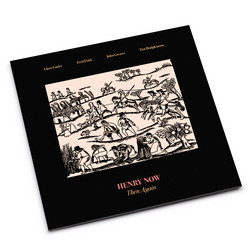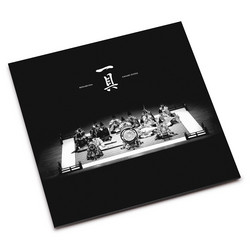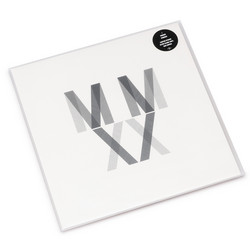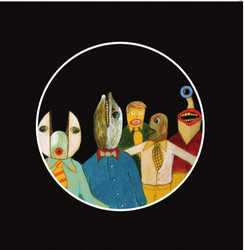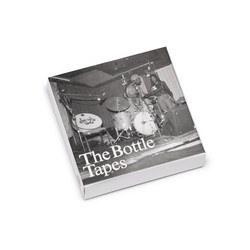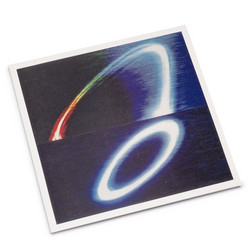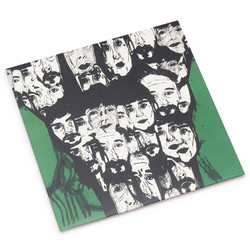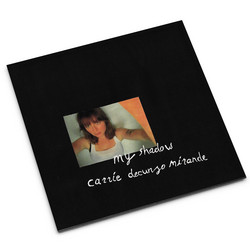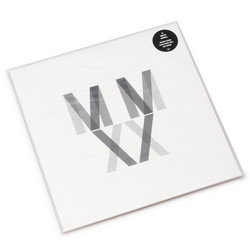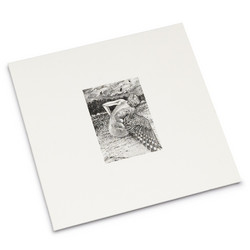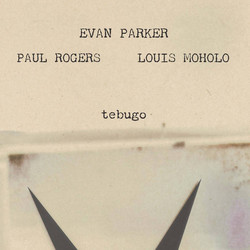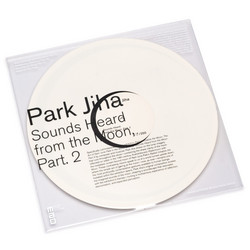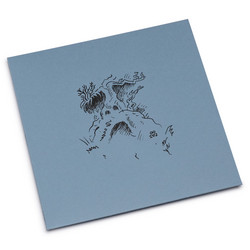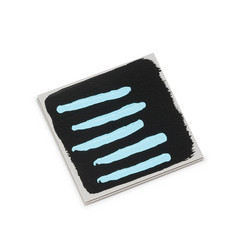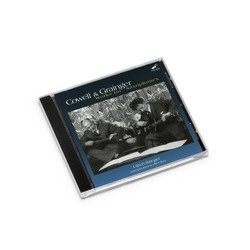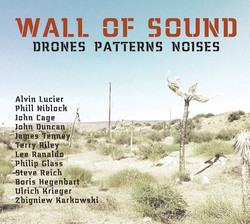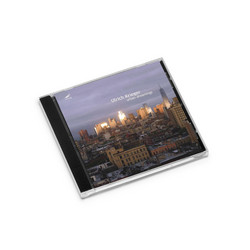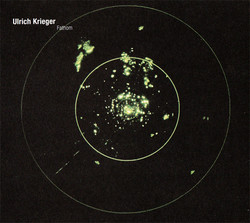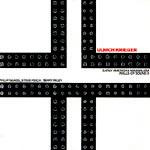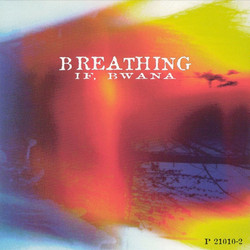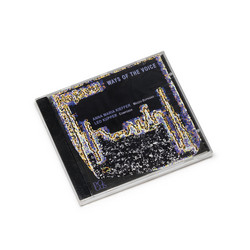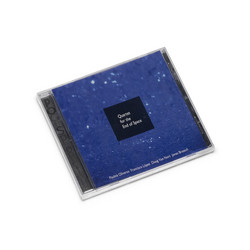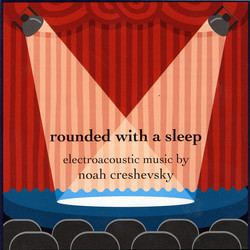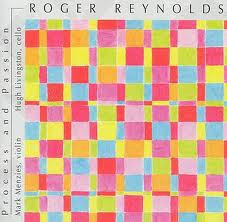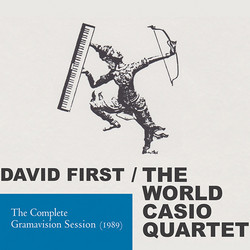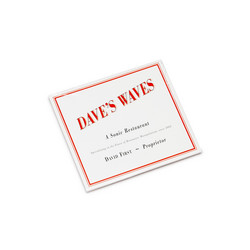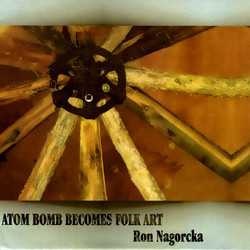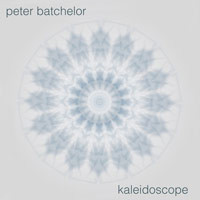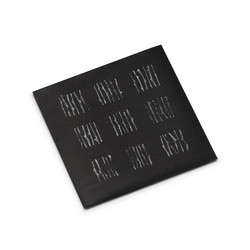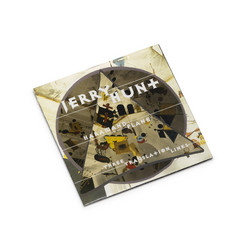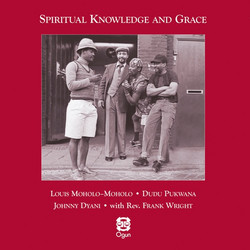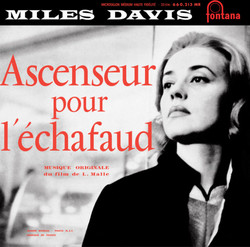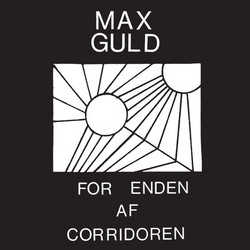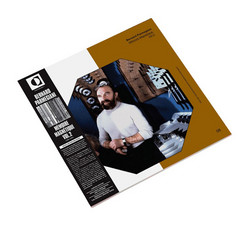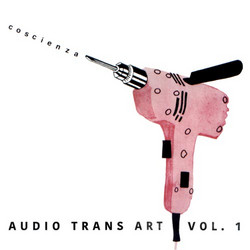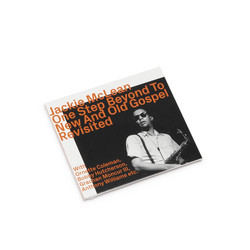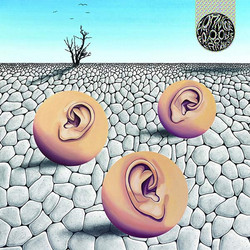Winters in the Abyss are the first five pieces of Ulrich Krieger’s Deep-Sea cycle, which compromises a total of 14 pieces. Each movement of Winters in the Abyss can stand on its own and be performed as an independent piece. Numbered in order of their composition, the movements from V to I follow the sinking of this material from light flooded, warm near-surface waters to high pressure, pitch black and extreme cold deep-sea trenches. Winters in the Abyss takes the fictional undertone series, an upside-down overtone series, as its compositional material. Analogue to water pressure, the density of pitches is higher in the lower range and gets thinner in the upper range. The structures of the individual pieces follow the pressure, amount of live and movement being present in the respective depths. Therefore there is more movement in the higher regions and less in the lower regions. Based on an undertone series Winters in the Abyss is in Just Intonation, making its performance even more challenging by having the series ‘on its head’. An hour long endeavor on three brass instruments is a daunting task, but it also provides an unique opportunity for the performers to explore their physical and instrumental limits in a separate mode from the traditional pitfalls of brass endurance - missed high tones and playing wrong overtones. Winters removes that - the extremely low tessitura eliminates concerns of fatigue decreasing one's range or a lack of focus causing pitch errors. Long held concerns are stripped away and all that's left is staying in the middle of the sound and maintaining it. The instruments are all close-microphoned, therefore amplifying elements of the sound normally not or only weakly audible: air within tone, sound of spit, weaker partials, tiny tone fluctuations, and more. This results in a redefined brass sound that only pretends to be acoustic, due to the lack of electronic manipulation, but is inherently processed.

